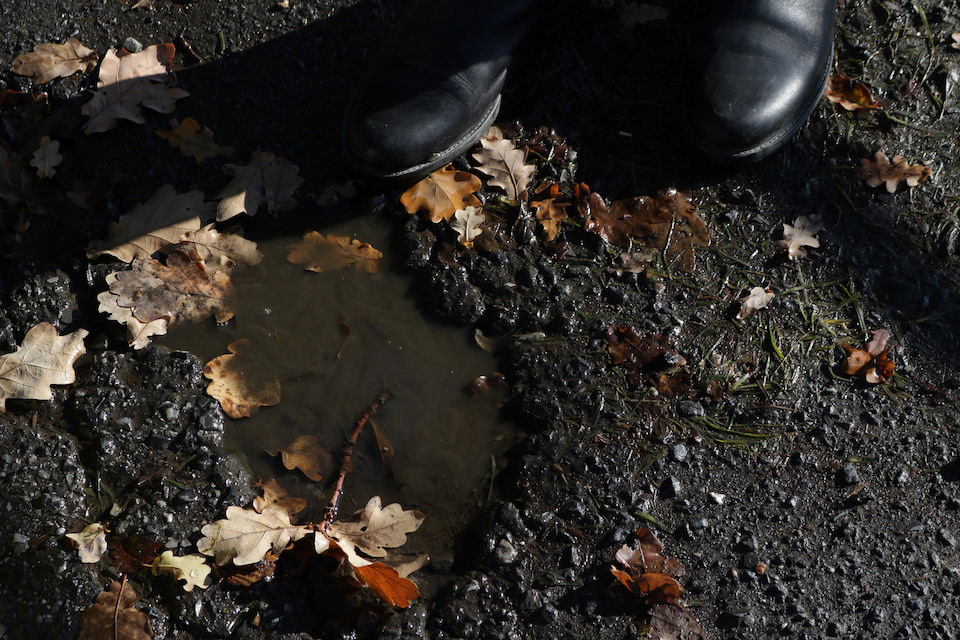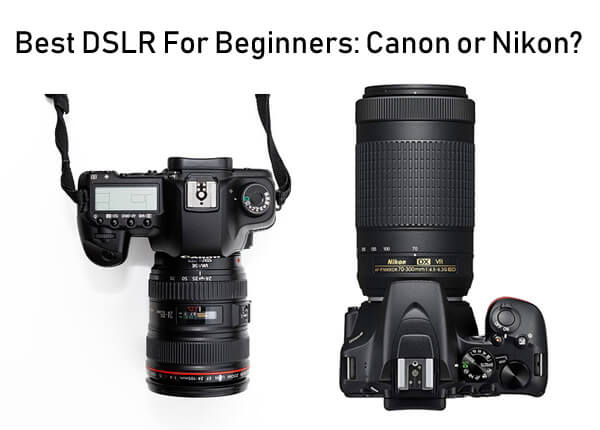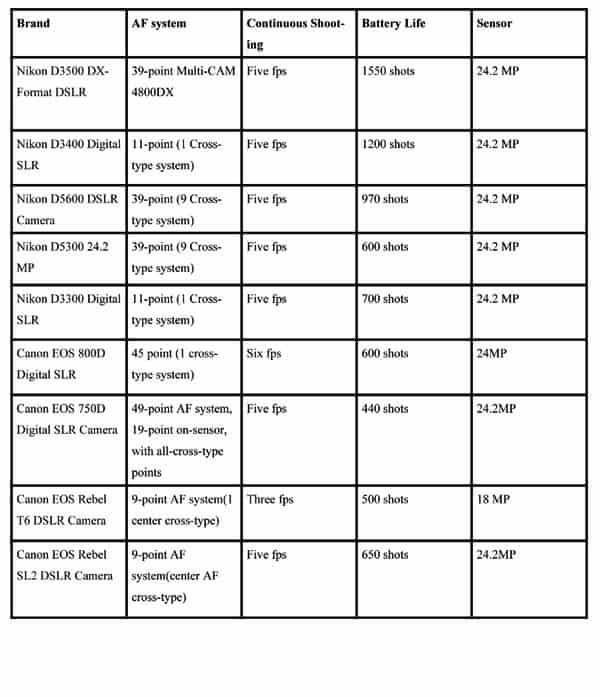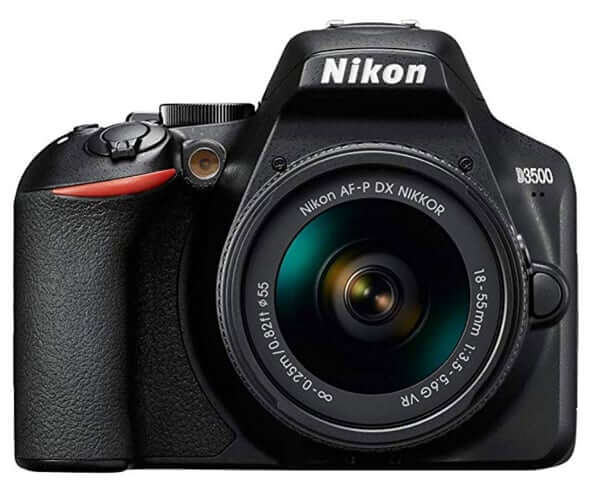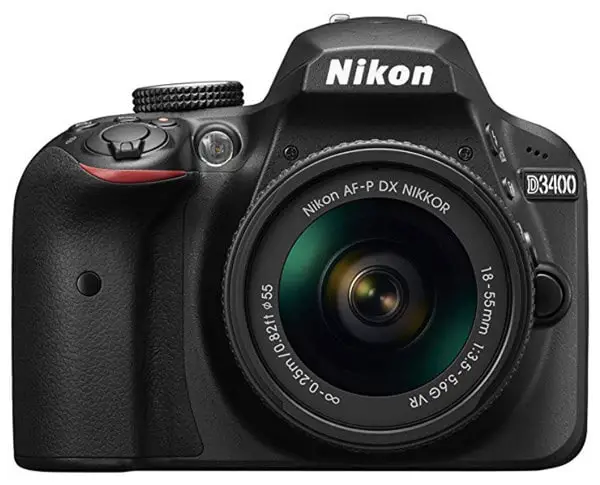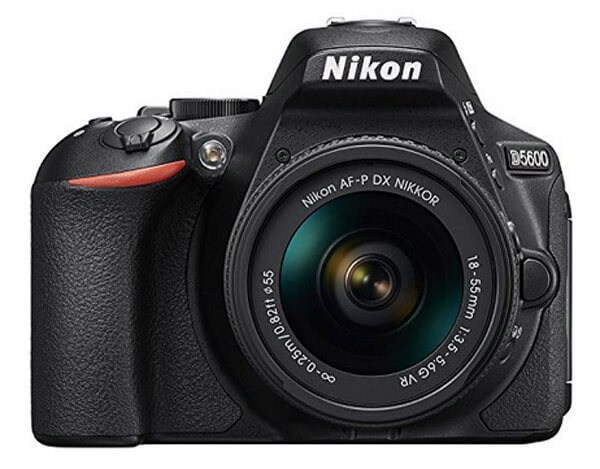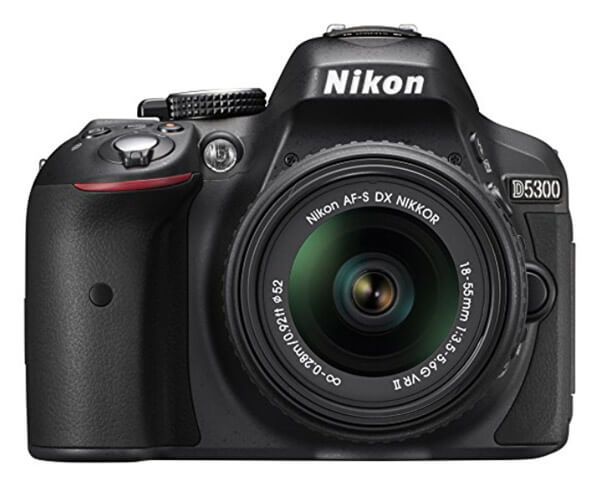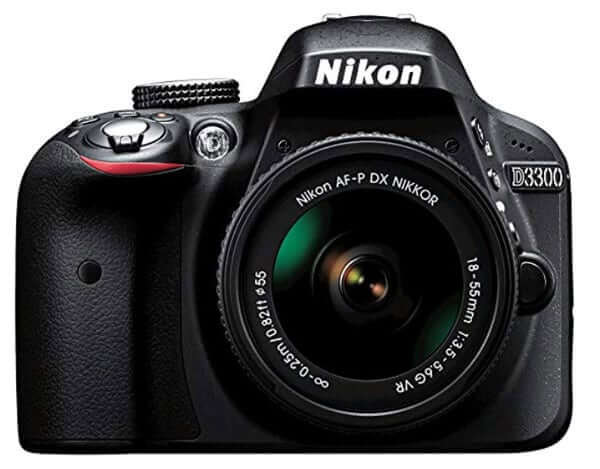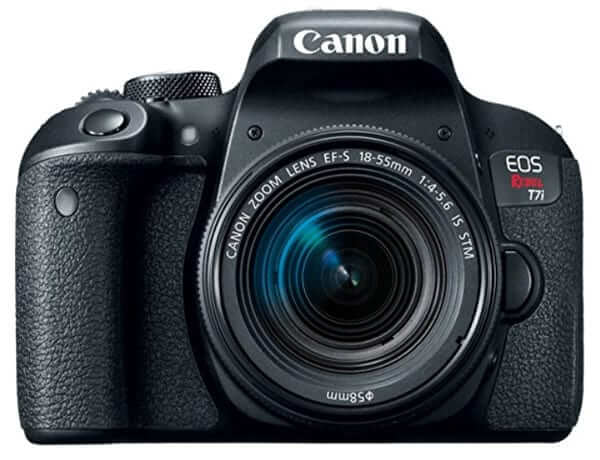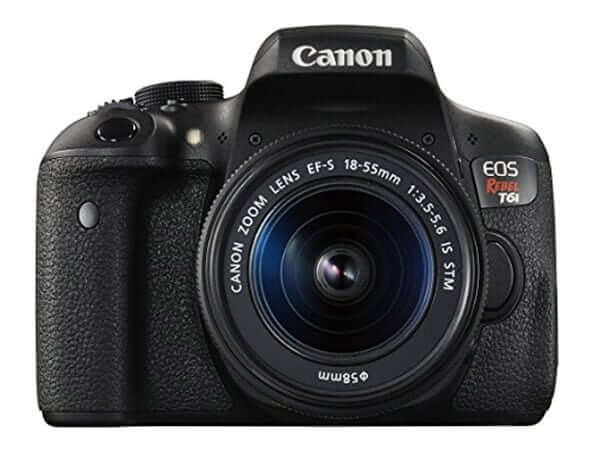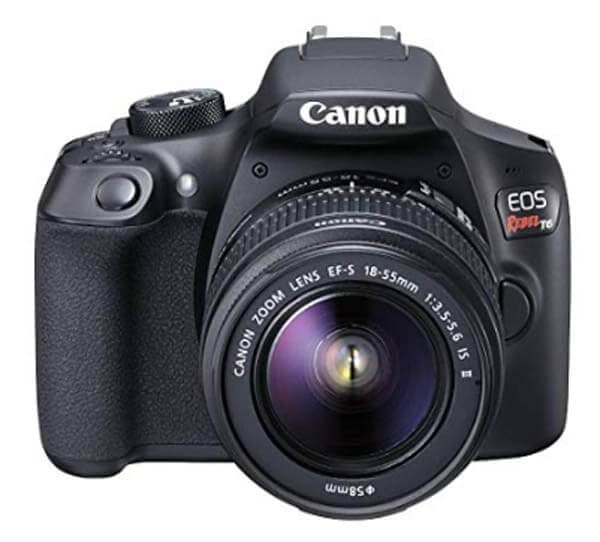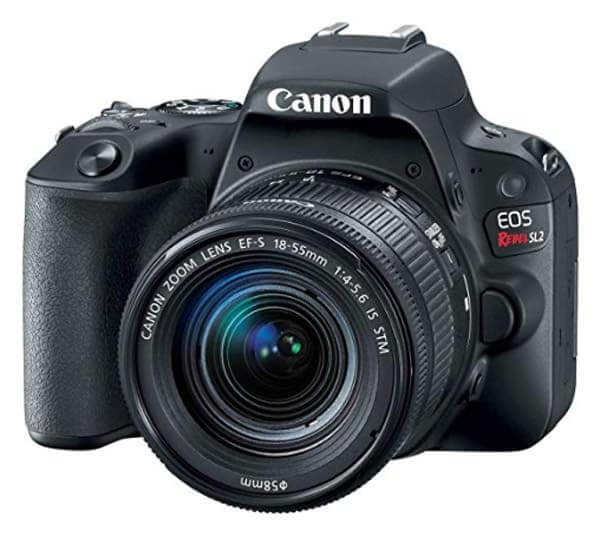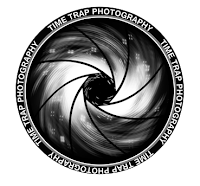1. Türchen: kwerfeldein
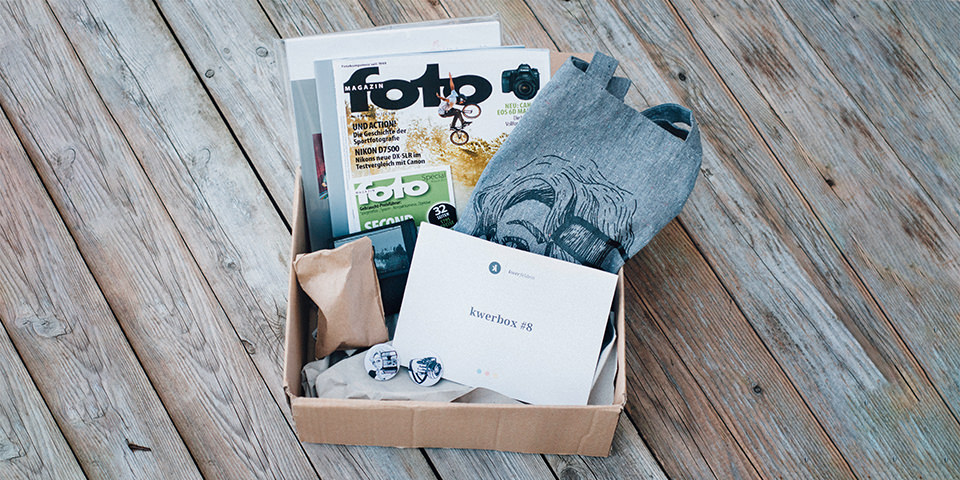

Heute startet unser beliebter Adventskalender und wir haben uns selbst direkt das erste Türchen geschnappt, um Euch zu Beginn der Aktion noch etwas mehr darüber berichten zu können. Denn es gibt sicher einige unter Euch, die den Adventskalender noch nicht kennen.
Von heute bis zum 24. Dezember werden wir jeden Tag Produkte vorstellen, die Ihr auch gleich gewinnen könnt. Die Teilnahme an den Gewinnspielen ist ganz einfach und erfolgt per Kommentar. Achtet dabei auf die Anweisungen im Artikel, denn oft gibt es mehrere Produkte oder verschiedene Farbvarianten und Ihr müsst im Kommentar Wunschgewinn oder -variante angeben.
Wir hoffen auf Euer Verständnis, dass es neben den Verlosungen keine regulären Artikel bis zum 24. Dezember geben wird. Das gibt uns auch etwas Zeit, um einmal Luft zu holen und neue Ideen für 2019 auszuarbeiten, denn davon haben wir eine ganze Menge, Ihr könnt also gespannt sein.
Natürlich haben wir heute auch etwas zu verlosen! Unsere kwerbox ist eine Überraschungsbox für Fotograf*innen und die letzten beiden Ausgaben sind immer noch im Shop erhältlich. Wir verlosen je drei Exemplare der kwerbox #11 und kwerbox #12. Im Magazin haben wir bereits verraten, was sich in der kwerbox #11 befindet. Der Inhalt der kwerbox #12 ist noch ein kleines Geheimnis, für alle, die Überraschungen mögen. Auf jeden Fall sind beide ideale Weihnachtsgeschenke für alle Fotofans.
Um eine der sechs Boxen zu gewinnen, schreibe einen Kommentar unter bürgerlichem Namen und gültiger E-Mail-Adresse bis heute um 24 Uhr. Verrate uns darin, über welche Box Du Dich besonders freuen würdest – #11 oder #12? Danach verlosen wir die kwerboxen per Zufallsgenerator unter allen Kommentator*innen. Die genauen Gewinnspielregeln findest Du hier. Viel Glück!
kwerfeldein – Magazin für Fotografie https://ift.tt/2P94Ngc
Sourced by Time Trap Photography sharing the best photography tips, news and tricks throughout the industry. Time Trap Photography is dedicated to freezing those special moments in life that can be revisited and admired for generations to come. - Shannon Bourque
Please visit our main site for booking availability and rates.

Receive valuable industry knowledge delivered free to your email each day.














